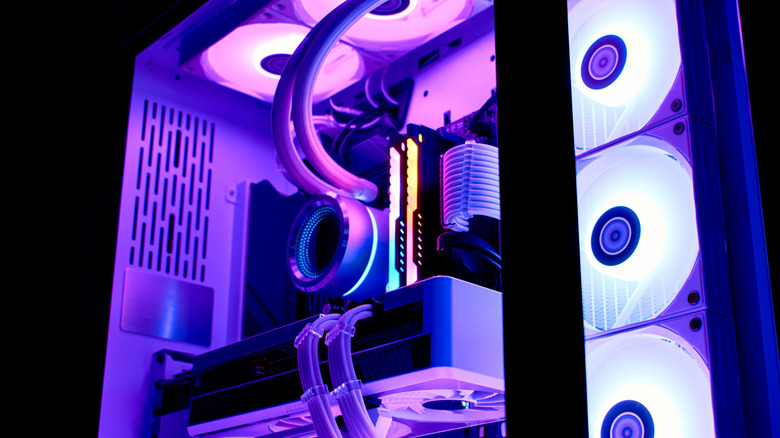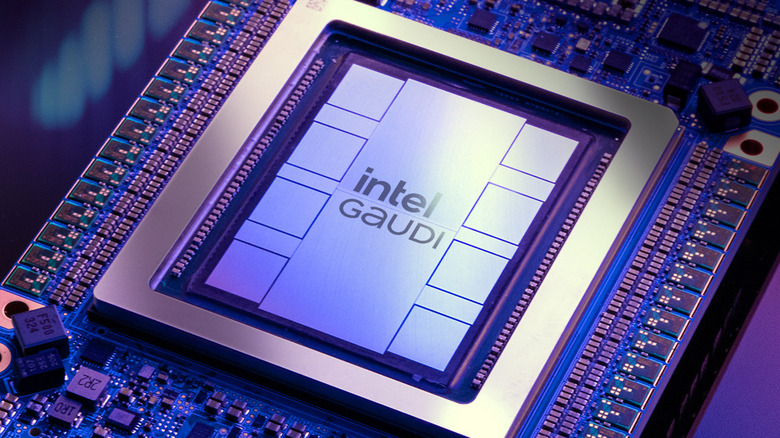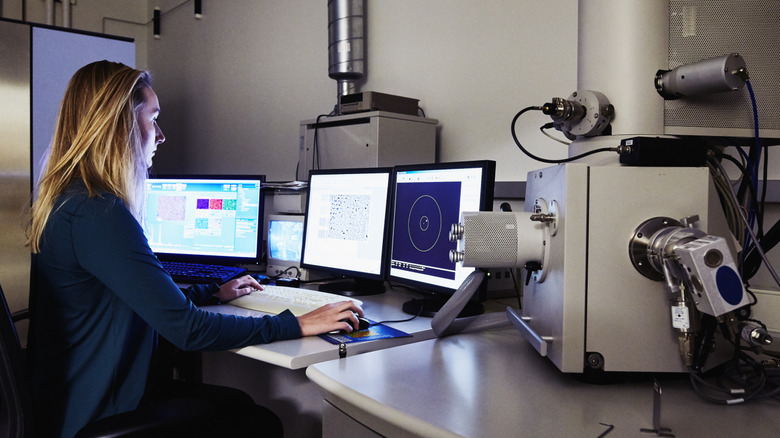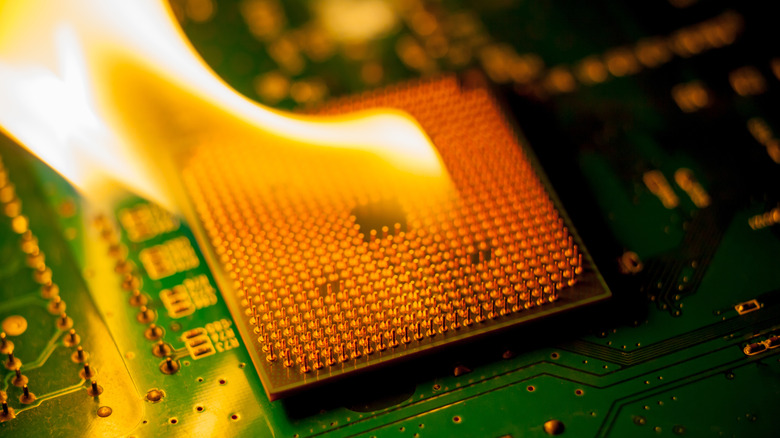What Does GHz Mean On A CPU? (And Is Higher Better?)
Fire up the 2013 remix of the Eagles "Desperado". Listen to the beat: That's 60 beats per minute, or to an engineer, 1 Hertz (Hz). Lady Gaga's "Just Dance" is around twice that. It sounds fast, but Hertz are slow. One Kilohertz (KHz) is 1,000 cycles a second or 60,000 bpm; one Megahertz (MHz) is 1,000 times that; and one Gigahertz (GHz) is 1,000 times that. Far too fast to hear. The name, by the way, has nothing to do with car rental — it comes from the German physicist Heinrich Rudolf Hertz and his work on electromagnetic waves.
In the case of computers, the MHz or GHz speed is what the cores inside a processor chip run at, otherwise referred to as the clock speed. There was a time when the whole computer ran at a set speed. The Apple II ran at 1 MHz, the first IBM PC ran at 4.77 MHz, and the original Apple Mac ran at around 8 MHz. Originally, computers had a separate quartz crystal on the motherboard, much like what's used in a wristwatch. It was possible to speed up your computer by swapping out that component for a faster one. Today, we speed up computers by fiddling with the firmware and overclocking.
The CPU always follows instructions
At its most simplistic, a CPU does what is known as "fetch-execute". The CPU gets its next instruction and associated data from memory, and does whatever the instruction requires of it. The clock speed measures the rate at which this process is done. Think of it as being the revs in an engine; the faster it turns over, the more power it generates.
As processors developed, they ran ahead of the rest of the hardware, and the GHz number we see on a chip is the top speed it runs at internally — no longer the speed for the whole computer. This requires very clever interfacing between the processor and other components — in particular, the memory. If a processor is steaming through its fetch-execute processes, it can't have the bottleneck of waiting for the memory. The solution to this is to have a little bit of local memory inside the processor as well, called the cache. The difference between the A18 and the A18 Pro in the latest iPhones, for example, is the size of the cache. Both chips run at 4 GHz, but the Pro has a bigger cache.
If the clock speed is like the revs of an engine, then the number of cores is like the number of cylinders in an engine, each one doing its own work. For every tick of the clock, each of the cores in a CPU can rip through the code. The rest of the CPU works to keep the cores busy. This uses techniques like pre-fetch: Getting instructions in preparation, and speculative execution, running bits of code later in the program to have an answer ready in the cache if they are needed.
Clock speed isn't everything for performance
One thing to take into account when measuring a processor's performance is word length. If you want to extend the engine analogy, you can look at capacity of the cylinder — the number of liters or cubic inches in the engine — and compare that to the processor word length. At its most simple, this is the difference between an 8-bit, 16-bit, and today, 64-bit CPU architecture.
One slightly esoteric variant of processing is the Very Long Instruction Word, or VLIW. This design of the processor suits highly parallel tasks: At each fetch-execute phase, the VLIW chip does more. VLIW takes some of the complexity of the design of the processor to optimize what it does where, and moves that to the compiler — the software used to write the code. The Intel AVX-512 has some instructions that are 256 bits wide, working on data which is 512 bits wide. For the right task, this is much more effective than increasing the clock speed alone.
So while the clock speed of a chip is important, it doesn't allow you to make a like-for-like comparison. A chip with more cores and a bigger cache may perform better than one that has a higher clock speed because of its ability to multitask programs. It also depends on what your application is. If you have a processor that incorporates a GPU — a graphical processor unit — then a lot of the perceived performance, particularly for 3D graphics, may depend more on the GPU aspect than the CPU cores, regardless of clock speed.
It's all about CPU heat and thermal cooling
A 2.3GHz AMD Ryzen 9 7945HX3D gets a higher Geekbench score than the 3.8GHz AMD Ryzen 5 7600, because there is more to comparing CPUs than just a difference in clock speed. However, with all the caveats of architecture, caches, word length, and GPUs, is "faster" better? Well, yes, of course. The quicker the processor runs, the smoother intensive games run, the shorter your renders, and less laggy your video.
Heat is the main enemy of computer systems, so if you run a clock slower, you can lower the voltage which reduces the heat and saves power. Another aspect is the manufacturing process, and the size of the transistors within the chip. Measured in nanometers, the smaller the scale, the less power the chip uses — which means less heat is generated and the chip can be clocked faster.
While we no longer take crystals out of computers and swap them with faster ones, there is the modern equivalent in overclocking. Making chips is a chemical industrial process, and as fine as the tolerances in production are, not all chips are equal. How much the CPU in your computer can be stretched is a matter of experiment, as well as measuring cooling.
When you increase clock speed, you are putting more energy into the processor, which gets turned into excess heat. Cooling the chips adequately becomes very important. This can range from chip coolers to full immersion cooling. However you decide to cool and clock your computer, you will need some help with how to overclock your gaming PC and the associated risks. But in the end, you could get an even faster processor with overclocking, assuming your CPU isn't running too hot.



